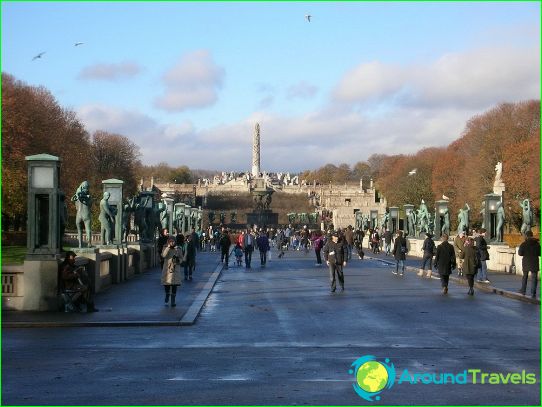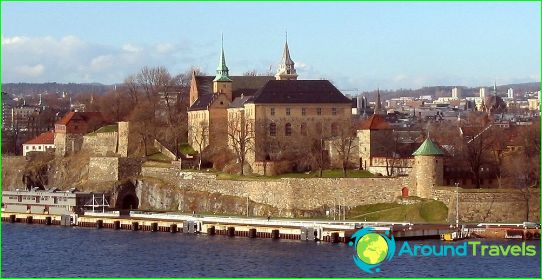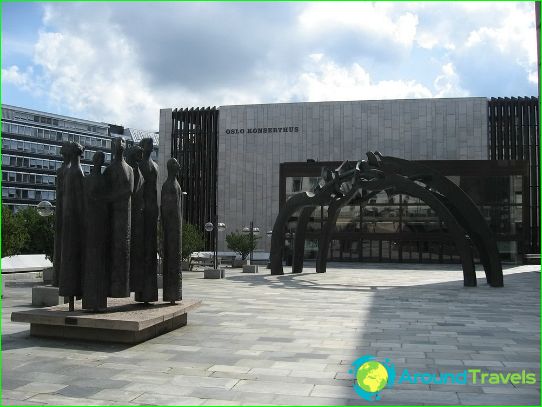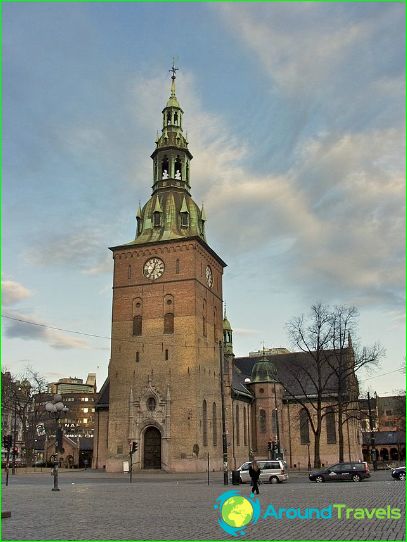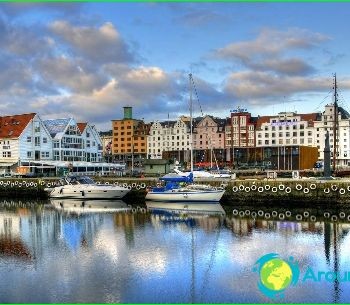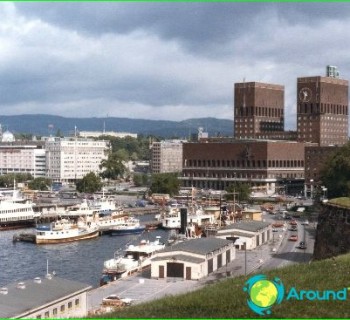Oslo history
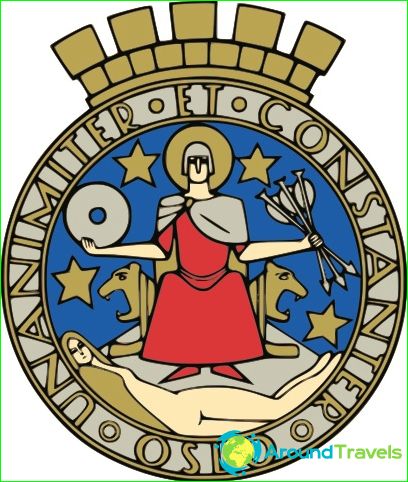
Oslo is the capital and largest city of Norway, as well as its financial, political and cultural center. Globally, Oslo has the status «global city». The city is located at the northern end of the picturesque Oslofjord Bay (despite the name, it is not a fjord in the geological sense of the word) in the southeastern part of Norway.
Founding of Oslo
«Scandinavian sagas» say that the city was founded around 1049 by the Norwegian king Harald III (Harald the Terrible). However, recent archaeological research has revealed a number of Christian burials dating back to about 1000 and suggesting the existence of an earlier settlement here. Oslo received the status of a bishopric in 1070.
Around 1300, during the reign of King Hakon V, the city became the capital of Norway and the permanent royal residence. In the same period, the construction of the Akershus fortress began (today it is one of the main attractions and the oldest building in the Norwegian capital). In 1350 Oslo experienced a severe outbreak of plague, which claimed many lives, and already in 1352 the city was thoroughly damaged by fire, which, however, is understandable, since in the construction of buildings, as a rule, only wood was used.
Ups and downs
In 1397, the kingdoms of Denmark, Norway and Sweden, in opposition to the growing influence of the Hanseatic League, concluded the so-called Kalmar Union, in which Denmark played a leading role. The monarchs settled in Copenhagen, and Oslo lost its significance, becoming only a provincial administrative center. In 1523 the union disintegrated, but already in 1536 Denmark and Norway united again, while the leading positions were still assigned to Denmark, and Oslo remained in the shadow of Copenhagen..
In 1624 Oslo was virtually destroyed by another massive fire. King of Denmark and Norway Christian IV ordered to restore the city, but moved it somewhat to the Akershus fortress. The prerequisite was the construction of stone buildings. The new city was clearly planned and fully corresponded to the new trends of urban planning of the Renaissance with wide streets intersecting each other at right angles and clearly demarcated quarters, in connection with which this part of the city is often called today «Quadrature». In honor of the king, Oslo was renamed and given the name «Christiania».
In the 18th century, thanks to the actively developing shipbuilding and commercial relations, the city's economy reached unprecedented heights and soon Christiania became a major commercial port. In 1814, the Anglo-Danish War ended with the signing of the Kiel Peace Treaties, as well as the personal union of Denmark and Norway. Denmark «conveyed» Norway to Sweden, which, in fact, was not entirely legitimate, since «personal union» did not imply the subordination of one state to another (despite the fact that the former has always dominated the Danish-Norway alliance). This led to unrest, the declaration of independence and the adoption of the Constitution by Norway, which caused a short military conflict with Sweden, ending with the signing of the Swedish-Norwegian union, within which Norway retained its constitution and independence. Christiania officially became the capital of Norway..
New time
The acquisition of relative independence by Norway, and Christiania, the status of the capital, largely determined the further fate of the city and gave a powerful impetus to its development. The construction and industrial boom that swept the city in the 19th century significantly changed its size, appearance and population. In the period from 1850 to 1900. the city's population increased from 30,000 to 230,000 (mainly due to the influx of labor from the provinces). The city continued to develop rapidly in the 20th century..
In 1877 the name of the city «Christiania» was officially changed to «Christiania». However, already in 1925 the city regained its original name - Oslo.

